Disinfectant Fogging Is Not Recommended
CDC and HICPAC have recommendations in both 2003 Guidelines for Environmental Infection Control in Health-Care Facilities and the 2008 Guideline for Disinfection and Sterilization in Healthcare Facilities that state that the. Simply fogging an area with a disinfectant does not meet EPA-registered label requirements without proper pre-cleaning and may be a violation of federal law.
 Disinfectants To Spray Or Not To Spray That Is The Question Office For Science And Society Mcgill University
Disinfectants To Spray Or Not To Spray That Is The Question Office For Science And Society Mcgill University
Fogging also known as fumigation or misting is not recommended for COVID-19.
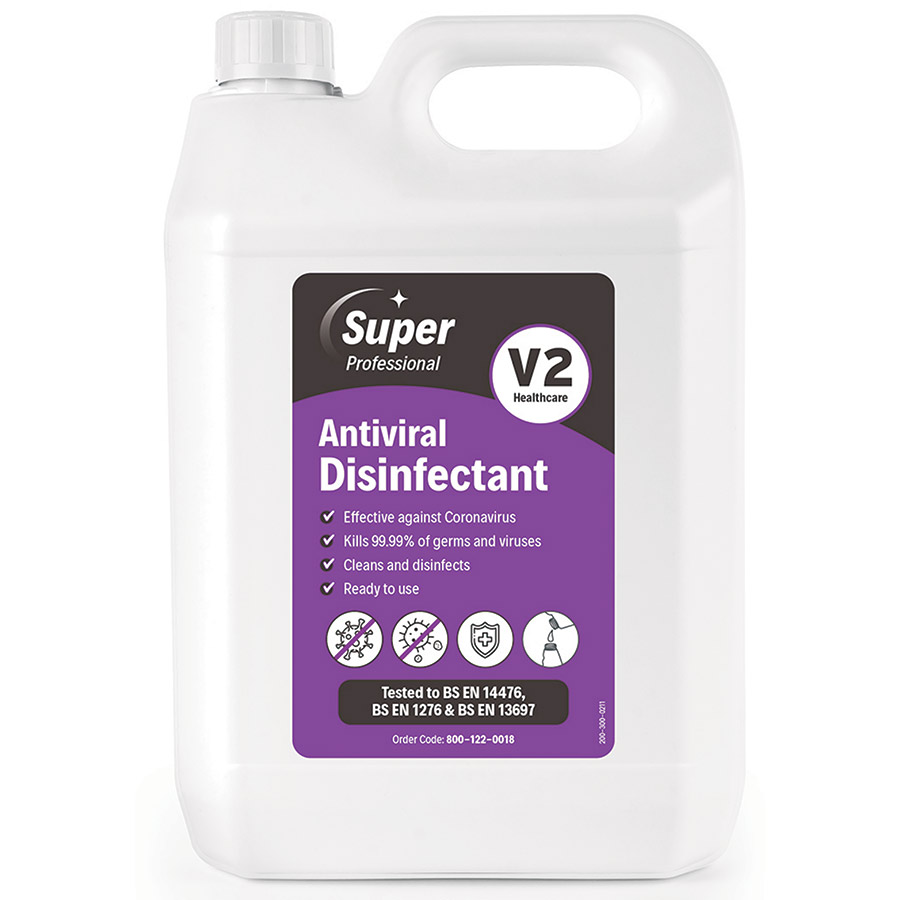
Disinfectant fogging is not recommended. In indoor spaces routine application of disinfectants to environmental surfaces by spraying or fogging is not recommended for COVID-19 as the disinfectant may. Disinfectant Fogging however creates a wide-reaching mist that covers high traffic and hard to reach surfaces applying disinfectant in one fell swoop. Hence there is a risk of exposure of lungs eyes and skin.
Thats because most foggers are designed to work in very specific high concentrations and on very specific. The WHO has published guidelines for cleaning and disinfecting during COVID which specifically states In indoor spaces routine application of disinfectants to environmental surfaces by spraying or fogging also known as fumigation or misting is not recommended for COVID-19. Whilst Super Antiviral Disinfectant is not classified as hazardous it is essential that all personnel evacuate the area once fogging in underway and the room sealed to prevent.
One study has shown that spraying as a primary disinfection strategy is ineffective in removing contaminants outside of direct spray zones. Unless the pesticide product label specifically includes disinfection directions for fogging fumigation wide-area or electrostatic spraying or application via drones ie unmanned aerial vehicles UAV EPA does not recommend using these methods to apply disinfectants. Disinfectants applied as a fog mist or vapour may reach harmful levels during delivery and UV systems may cause eyeskin damage if people enter an area undergoing treatment.
Due to the limited size and expulsion capabilities of a typical spray bottle over-the-counter disinfectants will only disinfect a small targeted area. Do not perform disinfectant fogging in patient-care areas. Do not perform disinfectant fogging for routine purposes in patient-care areas.
Spraying or fogging of certain chemicals. Simply Fogging Could be a Violation of Federal Law. More importantly improper application of the disinfectant can lead to a false sense of security an increase in health hazards and not be effective at reducing the risk of the spread.
Moreover spraying disinfectants can result in risks to the eyes respiratory or skin irritation and the resulting health effects. In most cases fogging fumigation and wide-area or electrostatic spraying is not recommended as a primary method of surface disinfection and has several safety risks to consider. This is not recommended.
There is insufficient industry experience of substitution of established methods of application of disinfectant by fogging or electrostatic spraying within a conventional cleaning and disinfection programme to have confidence that such methods will be effective. Safety and Chemical Fogging. It begs the question if the fog is safe enough for exposure to humans.
Category II These recommendations refer to the spraying or fogging of chemicals eg formaldehyde phenol-based agents or quaternary ammonium compounds as a way to decontaminate environmental surfaces or disinfect the air in patient rooms. During fogging the air in the room will be filled with a minute dispersion of disinfectant. In her review of evidence-based environmental cleaning and disinfection guidance in South Africa published in June Prof Shaheen Mehtar of Infection Control Africa Network and Stellenbosch.
Clean and Disinfect Specific Types of Surfaces Soft surfaces such as carpet rugs and drapes. Environmental Fogging December 2009 Clarification Statement. Fogging disinfectants willy-nilly in a building is usually ineffective Krause said.
The recommendation against fogging was based on studies in the 1970s that. The EPA even states on their website that unless the pesticide product label specifically includes disinfection directions for fogging fumigation or wide-area or electrostatic spraying EPA does not recommend using these methods to apply disinfectants.
 Disinfectant Foggers How To Disinfect Using Foggers Youtube
Disinfectant Foggers How To Disinfect Using Foggers Youtube
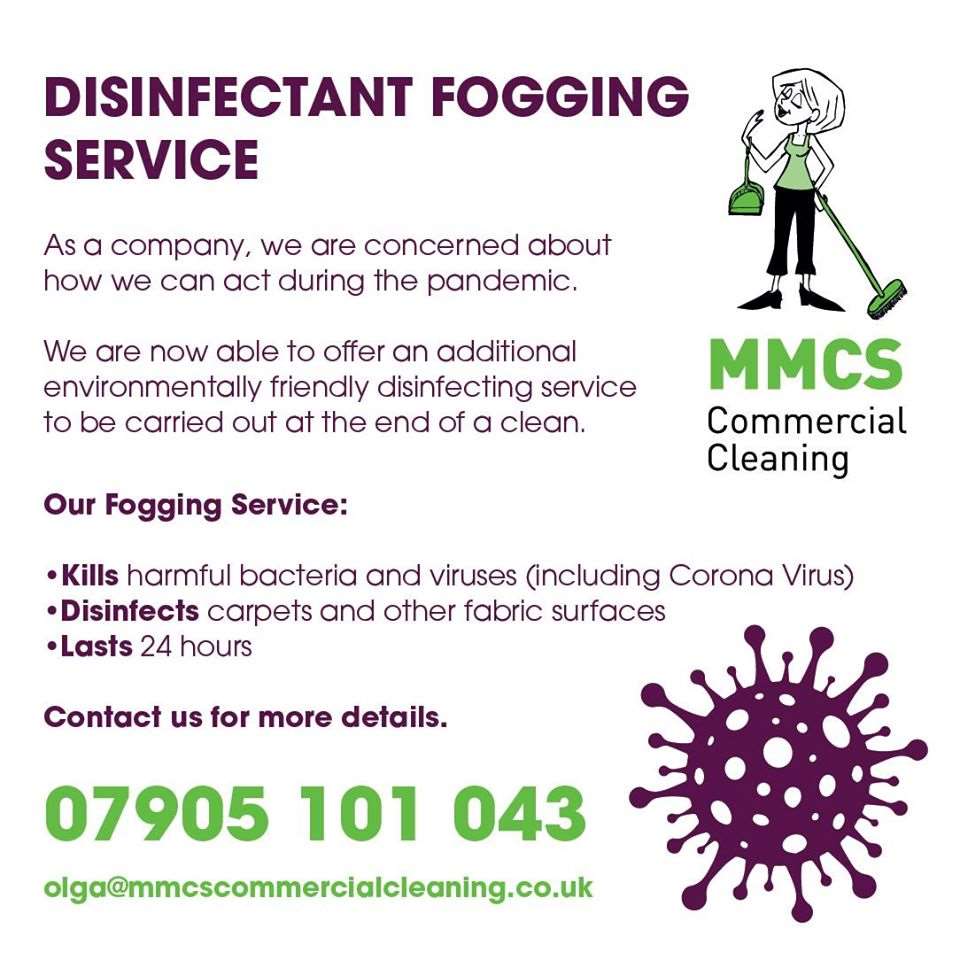 Mmcs Commercial Cleaning Specialists North East Covid 19 Cleaning
Mmcs Commercial Cleaning Specialists North East Covid 19 Cleaning
 Cleaning Sanitization With Safety Monitors Foggers And Uv C Light
Cleaning Sanitization With Safety Monitors Foggers And Uv C Light
 V2 Antiviral Disinfectant For Foggers Fogging Disinfectant
V2 Antiviral Disinfectant For Foggers Fogging Disinfectant
 Nc Coronavirus Dry Fogger Product Will Be Used To Sanitize Country Club For Wyndham Championship Abc11 Raleigh Durham
Nc Coronavirus Dry Fogger Product Will Be Used To Sanitize Country Club For Wyndham Championship Abc11 Raleigh Durham
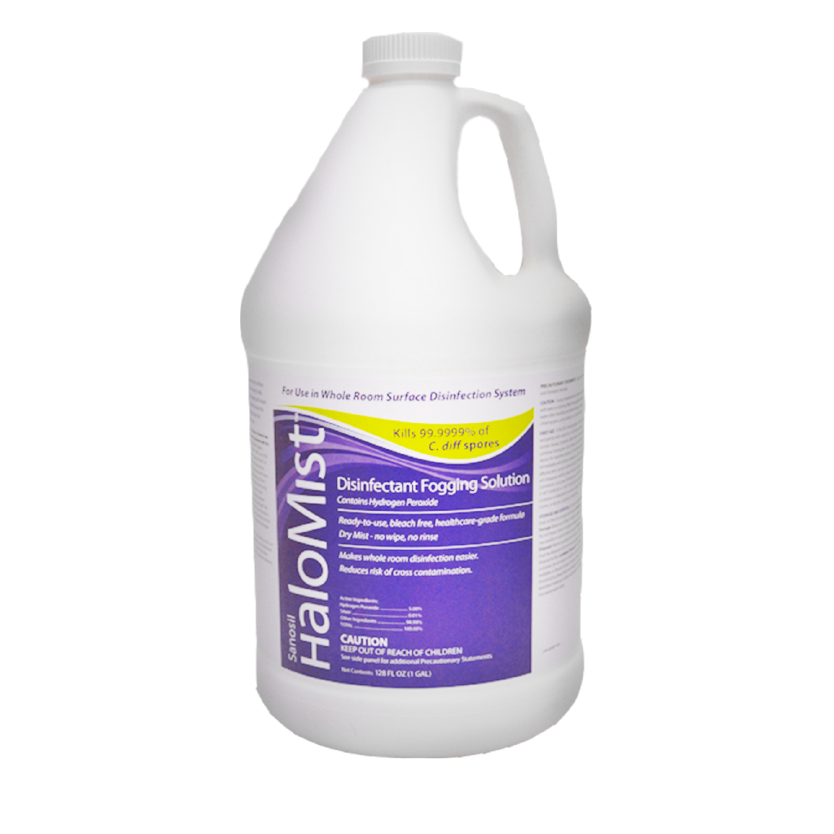 Halomist Ready To Use Surface And Fogging Disinfectant Quip Labs
Halomist Ready To Use Surface And Fogging Disinfectant Quip Labs
 Fogging The Facts About Fogging Biohygiene
Fogging The Facts About Fogging Biohygiene
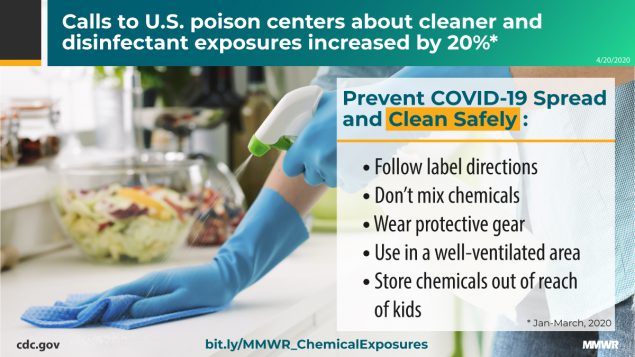 Cleaning And Disinfectant Chemical Exposures And Temporal Associations With Covid 19 National Poison Data System United States January 1 2020 March 31 2020 Mmwr
Cleaning And Disinfectant Chemical Exposures And Temporal Associations With Covid 19 National Poison Data System United States January 1 2020 March 31 2020 Mmwr
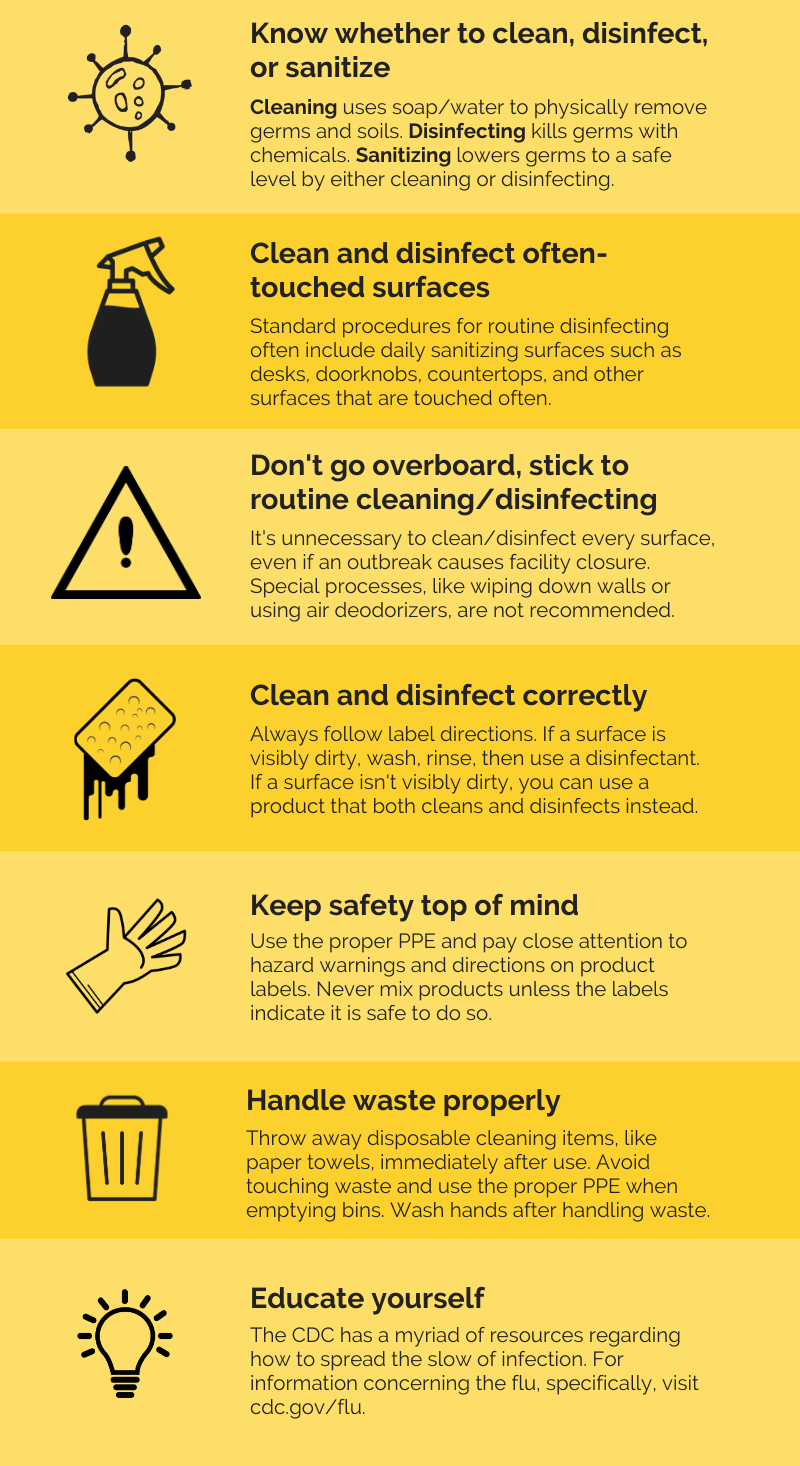 Betco Blog Tips Tricks Advice And Cleaning Industry News
Betco Blog Tips Tricks Advice And Cleaning Industry News
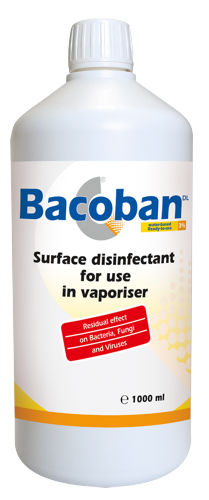 Vaporizer Nebuliser By Ccm Gmbh
Vaporizer Nebuliser By Ccm Gmbh
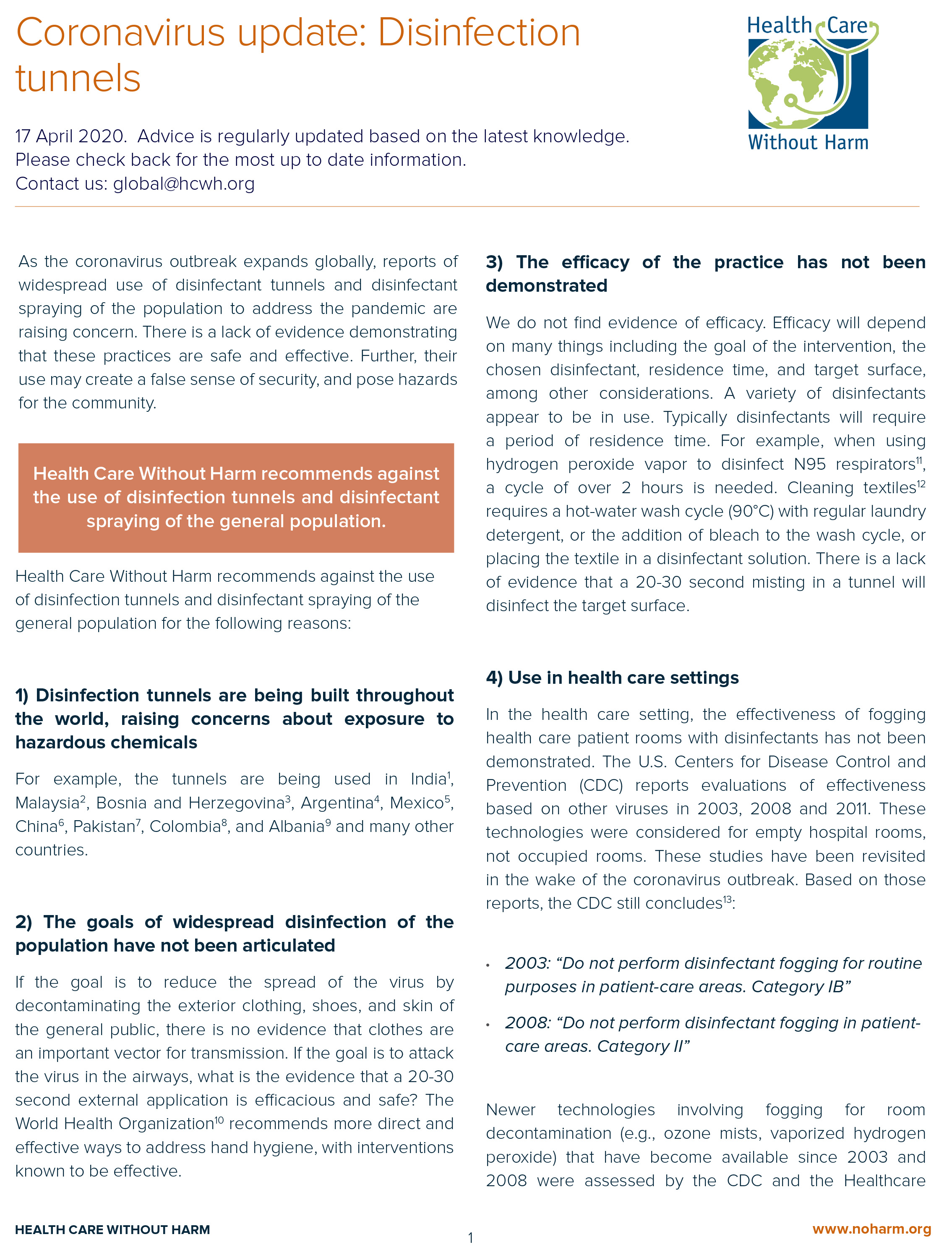 Coronavirus Update Disinfection Tunnels Factsheet Health Care Without Harm
Coronavirus Update Disinfection Tunnels Factsheet Health Care Without Harm



Comments
Post a Comment